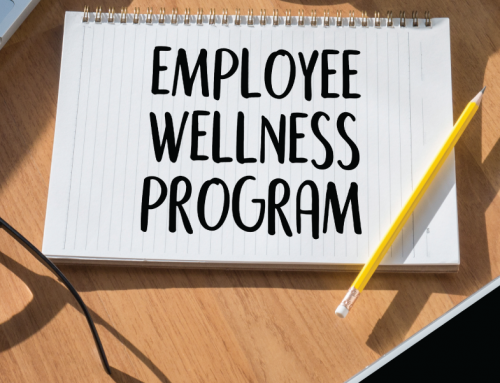 Managing a disability claim can be a difficult and time-consuming process, especially when added to the plate of an already busy HR professional. A few moments stolen here or there just isn’t enough to address the scope of tasks involved during a claim.
Managing a disability claim can be a difficult and time-consuming process, especially when added to the plate of an already busy HR professional. A few moments stolen here or there just isn’t enough to address the scope of tasks involved during a claim.
Unfortunately, when claims don’t get the attention they need, the complications can pile up until there’s nothing to do but hand the whole thing over to a lawyer.
Here are five ways to more effectively manage a disability claim and keep things from getting out of hand:
- Get help – You’re very skilled in your job, but no one can be an expert about everything. In this situation, your most important role is to maintain a positive and open rapport with the individual employee so they can trust you to be honest about what’s happening. That’s why it’s better for you not to be directly involved with the nuts and bolts details of the claims process. The sooner you call for help, the sooner the claim can be closed.
- Be in charge – While you want to get help with the actual implementation of the steps, be sure that your company, rather than the insurance company, is managing the claim. The insurance company’s biggest priority will be the financial aspect of the claim, while your priority is the health and well-being of your employee, and getting them back to work in a safe and timely manner.
- Have frequent contact with the employee – Don’t try to manage the claim process over the telephone. Instead, ask your employee to visit you on site to get a better context of their ability to return to work, and to also keep them connected with their colleagues and supervisors. Stay on top of the medical aspects of the claim and arrange treatment and testing as quickly as possible, wherever needed.
- Facilitate an early and safe return to work – The more you know about the employee and their situation, the better able you’ll be to create a back-to-work plan that suits both the employee and the employer.
- Get regular updates – Once the employee is back to work, help them keep on track towards returning to full-time duties as soon as possible. Ask for regular updates from both the employee and the physician. While some employers are hesitant to check in with the affected employee and don’t feel confident doing this, it’s important to maintain that contact and not let the person slip through the cracks. Be sure to help the person find something meaningful to do at work while they’re recovering.
Bonus tip: Perhaps the most important thing you can do as a manager or HR professional is to pay close attention to your employees. Recognize who may be having a psychological or physical issue, and take steps to get help for that person before the situation ever becomes a disability claim.





Leave A Comment